
State Artist-PEPSU (08-06-1948 to 31-3-1951)
Trilok Singh was adjudged the best in painting competition held for the post State Artist in Patiala & East Punjab States Union ( PEPSU) and was offered the job. He joined State Artist PEPSU on June 8, 1948. During this tenure,he was associated with art work of Rikanjit Secretriat, Punjabi Archives department, Museum, Darbar Hall(Qilla Mubarik). Rai Sahib Ganga Singh, State Artist ( since 1942), Specialist in Drawing and Painting University College, ( London). He wrote about the State Artist Trilok Singh on 29-03-1951.
Date 29.03.1951
I certify that S.Trilok Singh Artist has been working in the state for last 2½ years. I have had the opportuinity to examine his work several times. I always found that he is up to the mark. He is very strong in persopective drawing and and making original designs, which infact is the key of success in Fine Arts.
His work that he has done in Darbar Hall ( Qilla Mubarik ) during this period would speak the efficiency itself.
Last time in 1948, when the post was created, he topped the competition and therefore job was offered to him, unfortuately the post now been reduced. I wish that he may be tried somewhere else in the State.
Ganga Singh Rai Sahib
State Artist
Specialist in Drawing & painting
University College, ( London).

He had the opportunity to work with Artist Rai Sahib Ganga Singh. He used to make ‘Botanical drawings’. Trilok Singh prepared number of commercial art works, portraits and life size paintings. Trilok singh wanted the German Prints to be made for his works, he visited “Hem Chander Bhargava and sons” in Delhi. But the prices quoted were very high, so could't get it done.
After reduction of State-Artist post in Princely state Patiala on 30-03-1951, he joined as Artist, Mehkma Punjabi (Depatment),PEPSU, Patiala. His office was in Qilla Mubarik, Patiala. Captain Mohan Singh Kiledar of Qilla Mubarik and S. Pritam Singh Karora mentioned the Artist about his works to Dr. Ganda Singh, the then Director /Punjabi Mehkama & Archives Department (PEPSU). Trilok Singh started working as an Artist in the Mehkma Punjabi, Patiala. He was also member of PEPSU Assembly Hall Decoration Committee. Sant Inder Singh Chakarvarti was also working in the department in reseach section. In 1954, Ramgarhia College, Phagwara honoured the Artist and awarded a gold medal in painting exhibition.
This painting on Guru Nanak's ‘Shabad’ was completed in 1950. It was fixed in wooden frame with ivory work. It had a shutter which moved in side the main frame. It covered the painting when the shutter was slided down. When one wanted to see the painting, the shutter was lifted up. This shutter was made of beautiful wooden strips. The shutter had a lock and one could see only the keyhole. Trilok Singh prepared painting based on Guru Nanak's Shabad. This painting depicts the different stages of man’s life, where Guru Nanak explains it in his own words “gfjb/ fgnko brk ED d[fXHHHHH” and Trilok Singh had defined it in his own pictorial language. Every one appreciated the Artist's pictorial illustration of Gurbani.
This painting was purchased in 1952 by Swami Keshwanand, Member Parliament and is displayed at “Sangharia Museum”, Sanghria, Rajasthan.
Maharaja Surindra Singh ordered that the paintings prepared by Trilok Singh should always be displayed in PEPSU Emporium,. From there, his paintings were sold and sent to foreign countries. ‘Guru Gobind sleeping in Machhiwara forest’ was sent to Russia and similarly many other paintings.
Shri Swami Keshwanand of Sangharia was Member Parliament during PEPSU time. He usually visited Patiala to meet Dr. Ganda Singh, Director, Punjabi and Archives department, PEPSU. The Swami got one book written on Sikh history in Hindi from Shri Desh Raj. The Swami got this book edited by Dr. Ganda Singh. The Swami visited the Artist and was very much impressed to see the Gurbani Shabads and message conveyed through visual form in paintings.
Shri Swami Keshwanand of Sangharia visited many artists but found mostly portraits of Sikh Gurus and paintings based on Sakhi but could not get Guru’s message in any of those paintings. When he visited the Artist, he was very much impressed to see paintings based on Gurbani. In 1954, Swami ji purchased thirty three paintings and displaced in gallery and named it ”Trilok Kala Kaksh” at Sangharia, Rajasthan so that people may understand Gurbani messages from paintings. In 1954, the Artist was specially invited to their annual function at Sangharia and was honoured.
Dr. Ganda Singh knew him very well. He arranged exhibition of Trilok Singh many times. Dr. Ganda Singh wrote about the Artist:-
“I think myself lucky to see his paintings and I have got respect for his all round talent. I have succeeded in bringing him to Punjabi Language Department. He did meticulous job. His creations of the illustrations of verses from Guru Granth Sahib have left deep impressions on human mind. Besides the technique the paintings reflect his inner dedication. I have the faith after seeing these paintings, people will be aware of the art of Trilok Singh. They will also learn to work hard and get inspiration….” Dr. Ganda Singh.
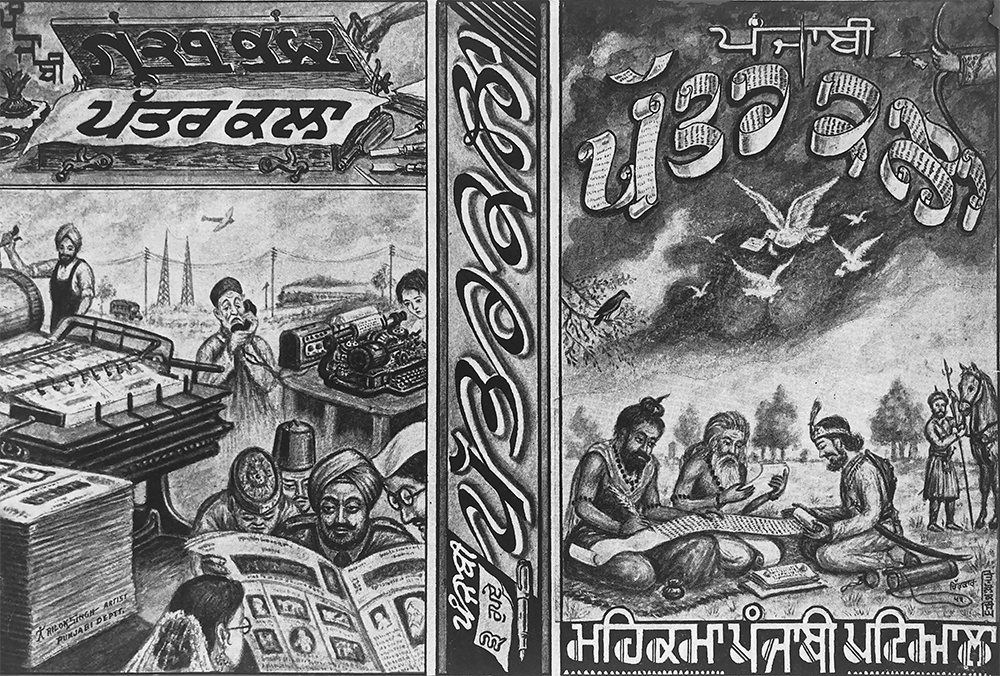

In the Punjabi Mehkma , the first work assigned to him was to make a layout plan for getting the four rare Punjabi manuscripts of Bhai Kahan Singh’s dictionary into one volume (Guru Shabad Rattanakar Mahan Kosh). It was a difficult task to reduce four volumes into one, but finally, the draft plan got approved by S. Mohan Singh, Chairman, Public Service Commision, Punjab. After approval, the work started in full swing and blocks were prepared for printing.
In 1948, Artist Trilok Singh prepared painting on Kashmir Problem (ਕਸ਼ਮੀਰ ਸਮੱਸਿਆ). A Kashmir state shown as model lying on table. Pandit Nehru was thinking seriously about kashmir problem. In one hand, he has a draft resolution for submission in UNO. Kashmir state has been shown as the beautiful one. Kashmir has beenshown as peacock trapped by python ( ਅਜਗਰ). Peacock tries to escape but is helpless. Kashmir army is shown as hedgehog (ਕੰਡੇਰਨੇ) and mangoose (ਨਿਉਲੇ) as they were helpless to fight the python. Border between both countries is shown made of human skulls as people were dying at the border. Britishers are shown as a monkey sitting on a tree. The Artist wanted to present this painting to Pandit Nehru during his visit to Patiala in 1951 but higher authorities did't permit him. Later this painting was taken by Swami Keshwanand MP and is displayed at Sangahria, Rajisthan.

The Artist prepared this beautiful painting in 1951 having title 'BOLI HAIN PUNJAB DE ( ਬੋਲੀ ਹਾਂ ਪੰਜਾਬ ਦੀ )' Punjabi language shown as Queen of five rivers of Punjab and was the mothertongue of all Punjabis. After independence, most Punjabis disowned Punjabi language. Punjabi language was also ignored by both West and East Punjab Governments. In the painting, the Queen shown as Punjabi Language carries necklace having keys of all five river names. Other languages enjoy their status in their states including English. These languages are shown enjoying and dancing freely after Independence. The Artist wrote these lines after seeing the condition of Punjabi Language Queen ;-
ਉਸ ਸੂਬੇ ਦੀ ਰਾਣੀ ਮੈਂ ਗਈ ਰਾਣੀ ਜਹਿਦੇ ਪੰਜ ਦਰਿਆ ਅੱਜ ਚੱਲਦੇ ਨੇ ।।
The Punjabi Queen of five rivers had its space in PEPSU, Patiala, only. At that time, the Artist was working in Mehkma Punjabi, PEPSU, Patiala. In Patiala, official working language was Punjabi. The Queen has been shown carrying key ( ਪ ) P in one hand coming to Patiala. The Mehkama Punjabi, PEPSU was the temporary department but was made permanemt before merger into Punjab in 1956. Swami Keshwanand MP has taken this painting and displayed it in his Museum in Sangahria, Rajasthan.
Dr Ganda wrote about the Artist that those who take benefit from the Mahan Kosh of Bhai Kahan Singh, should also be thankful to the artist for his contribution to Mahan Kosh compilation and making it to printable blocks. Bhai Kahan Singh’s son S. Bhagwant Singh Hari, also actively involved in the work and visited Trilok Singh to get the work completed. All the illustrations, sketches, maps and different type weapons with names were illustrated. Only 2000 copies of Mahan Kosh were published in 1960 when Giani Lal Singh was the Director, Languages department, Punjab. This Guru Shabad Rattanakar Mahan Kosh had four columns but in subsequently publications, it was reduced to three columns and some of sketches were deleted.
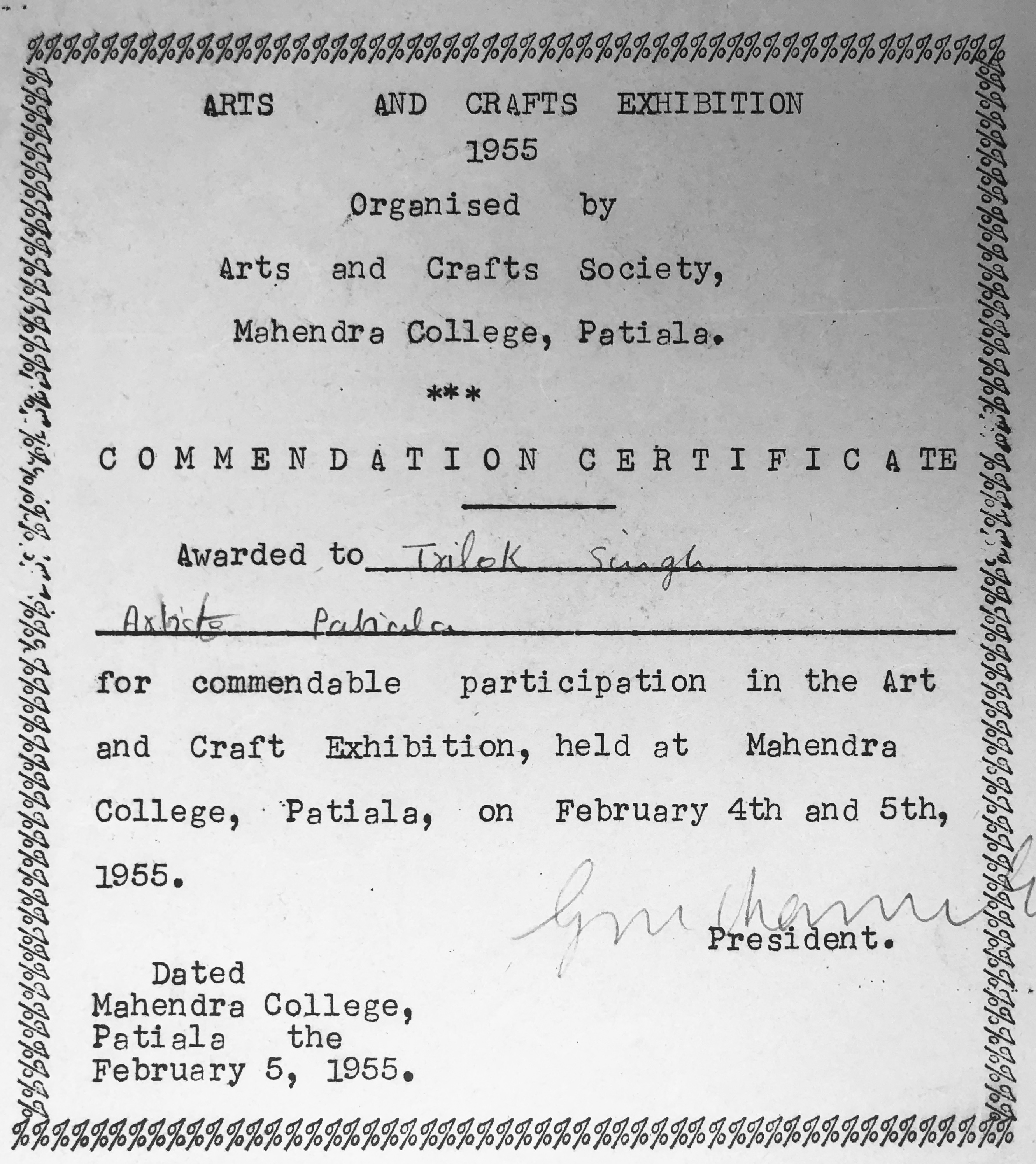


 The Artist prepared a painting on the burning issue with title 'LANGUAGE PROBLEM' as Govt. of India did't make Punjabi as offcial language in Punjab. This painting was sent to SILVER JUBILEE exhibition on 23rd,24th and 25th. Oct., 1954 organised by Ramgharhia Educational Institutions, Phagwara. This painting was adjudged the best and medal with inscription ' SILVER JUBILEE MEDAL, RAMGARHIA INSTITUTIONS, PHAGWARA 1954' was awarded with a certificate. A photographa of the certificate and the Medal are displayed here.
The Artist prepared a painting on the burning issue with title 'LANGUAGE PROBLEM' as Govt. of India did't make Punjabi as offcial language in Punjab. This painting was sent to SILVER JUBILEE exhibition on 23rd,24th and 25th. Oct., 1954 organised by Ramgharhia Educational Institutions, Phagwara. This painting was adjudged the best and medal with inscription ' SILVER JUBILEE MEDAL, RAMGARHIA INSTITUTIONS, PHAGWARA 1954' was awarded with a certificate. A photographa of the certificate and the Medal are displayed here.
1n 1932, the Artist participated in Fine Arts exhibition of All India Ramgarhia Federation at Khargpur. His painting was adjudged the best and the Artist was honoured with Silver medal.
In 1933, the Artist participated in Fine Arts exhibition of All India Ramgarhia Federation at Khargpur. His painting was adjudged the best and the Artist was honoured with Silver medal.
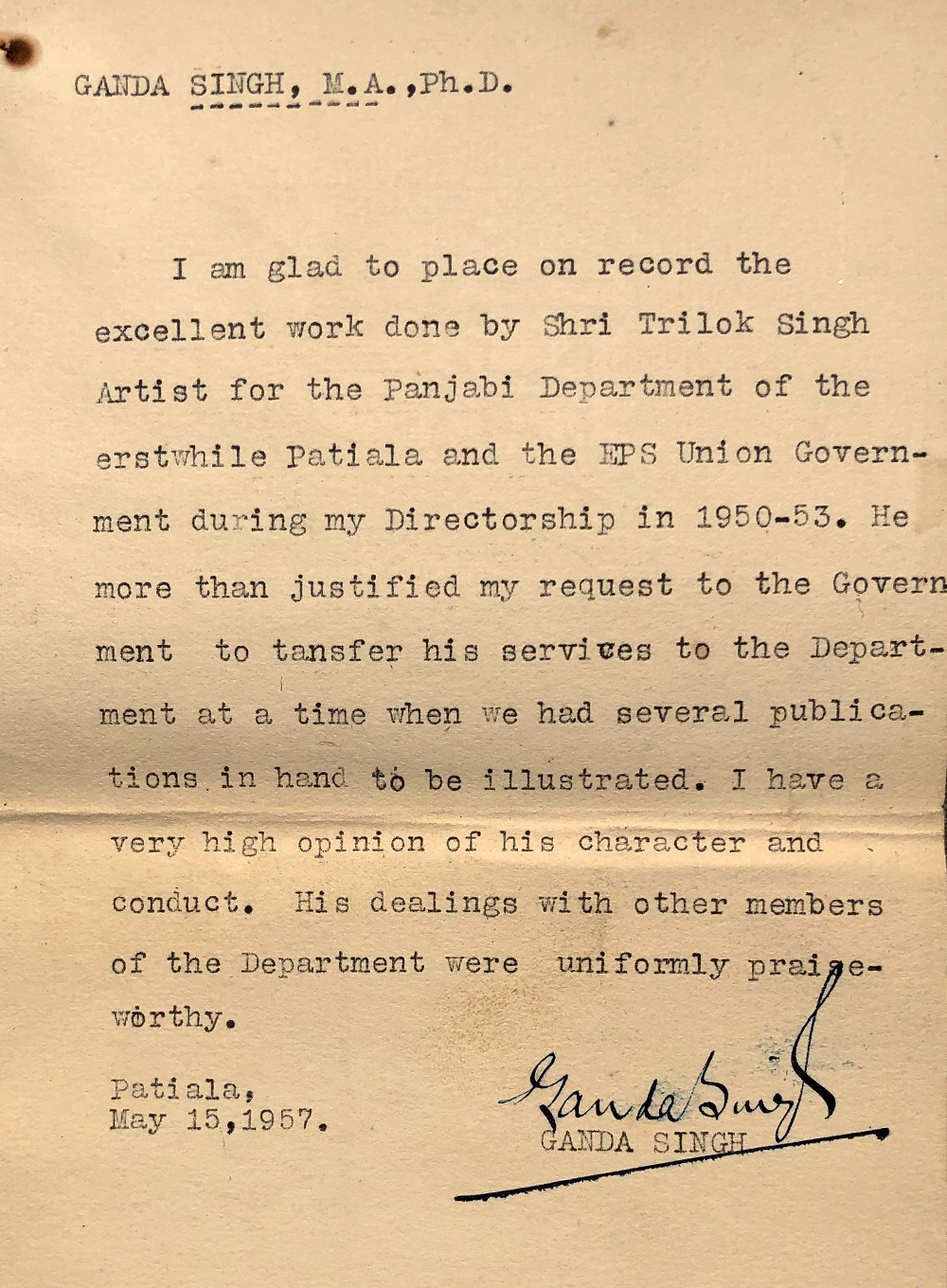

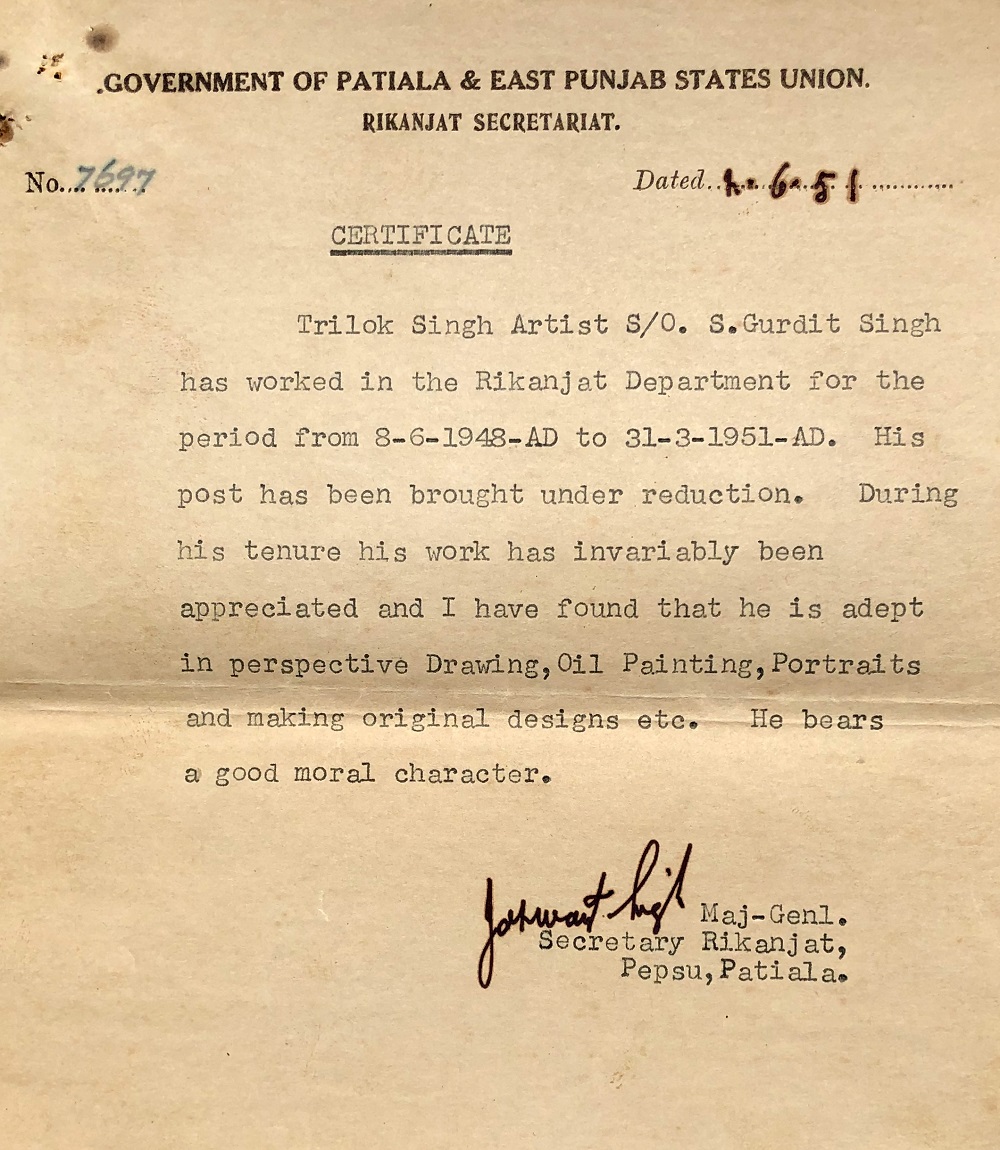
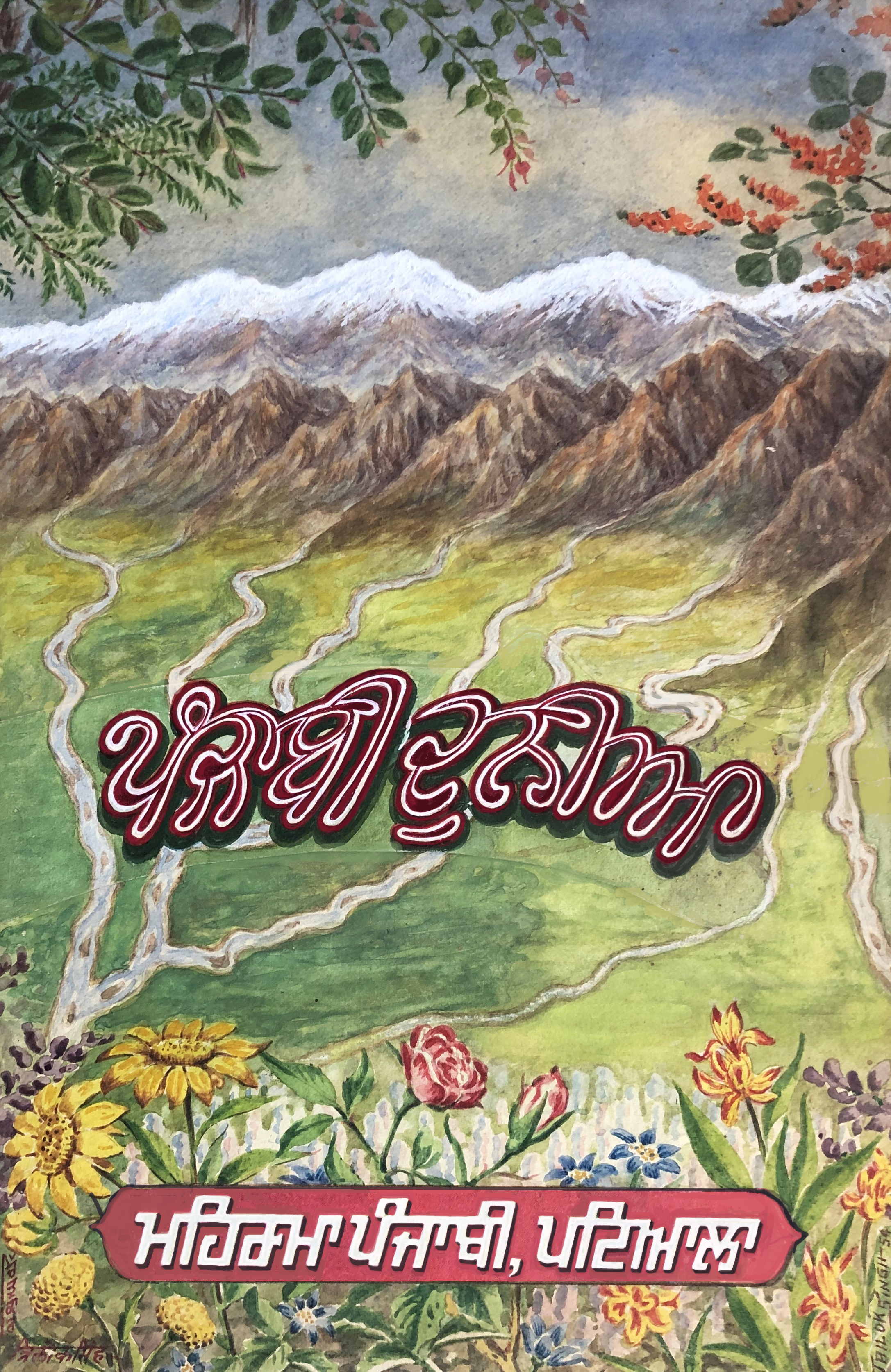


The monthly magazines Punjabi Duniya (Punjabi) and Saptsindhu (Hindi) were started in PEPSU and are still being continued by Languages Department, Punjab. The Artist translated many articles from Bengali and published them in Punjabi Duniya.

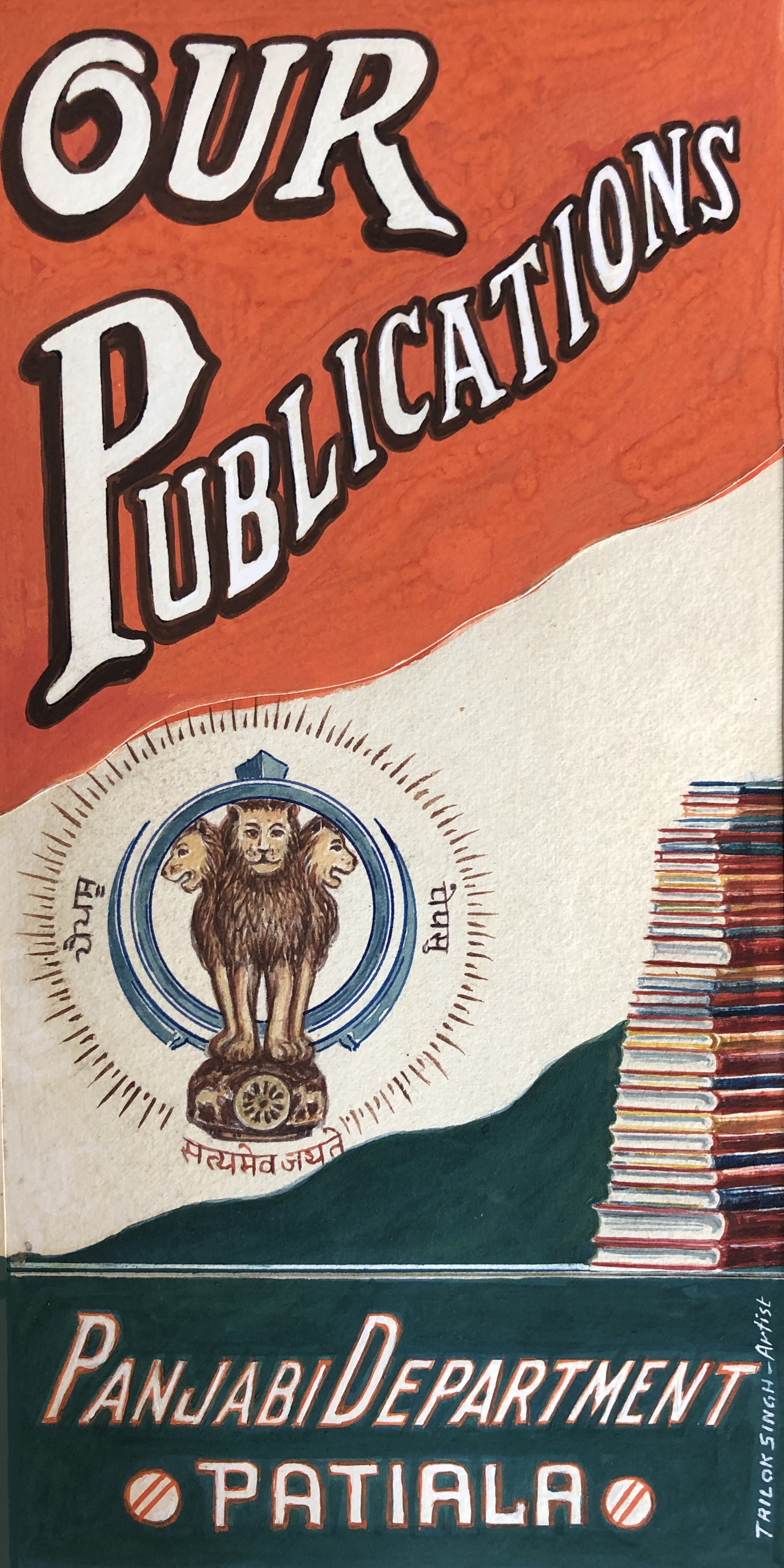
Punjabi Department, PEPSU was a temporary department. Raja Surendra Singh of Nalagarh was Finanace Minister in PEPSU. The Artist and S. Inder Singh Chakarvarti went to Nalagarh and met Raja Surendra Singh and proposed to make Punjabi Department as permanent one. The Raja said the Artist's post was permanent one. The Artist said the departmental boat be put on river's bank in which they all are sitting. The talk was going on when S. Inder Singh said it wouldn't cost you Raja Sahib, to make a Jatti to Heer. The Raja Sahib agreed and said he would put the case in next meeting. Thus, Punjabi Department became permanent before it was merged into Punjab in 1956.
Created By - - Er.Jatinder Paul Singh (96-468-32288) Email-Id - jay.paul128@yahoo.com